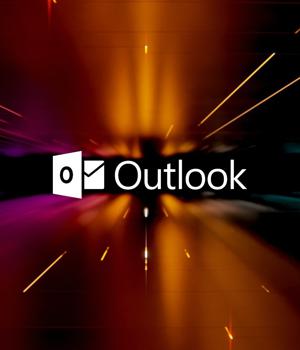Security News > 2023 > February > Microsoft Outlook flooded with spam due to broken email filters

According to reports from an increasing number of Microsoft customers, Outlook inboxes have been flooded with spam emails over the last nine hours because email spam filters are currently broken.
This ongoing issue was confirmed by countless Outlook users who have reported that all messages were landing in their inboxes, even those that would have been previously tagged as spam and sent to the junk folder.
"I've received 36 spam emails in my inbox the past 2 hours straight. It's been happening for way too long and it just continues to get worse on an hourly basis," one user said.
Some say that even checking the "Only trust email from addresses in my Safe Senders and domains list and Safe mailing lists" in Junk Mail > Filters doesn't fix this issue, pointing to the webmail service's filtering being completely broken.
Microsoft is yet to share a public statement confirming Outlook users' reports that spam filters are broken.
While today the spam filtering issue in Outlook seems to be particularly bad and affecting a massive number of customers, this has been going on for months, with some reporting seeing many spam emails landing in their inbox since at least November 2021.
News URL
Related news
- Microsoft fixes machine learning bug flagging Adobe emails as spam (source)
- Microsoft fixes Exchange Online bug flagging Gmail emails as spam (source)
- Microsoft Warns of ClickFix Phishing Campaign Targeting Hospitality Sector via Fake Booking[.]com Emails (source)
- Microsoft says button to restore classic Outlook is broken (source)
- Cybercriminals Exploit CSS to Evade Spam Filters and Track Email Users' Actions (source)
- Microsoft Exchange Online outage affects Outlook web users (source)
- Microsoft: Exchange Online bug mistakenly quarantines user emails (source)
- Hijacked Microsoft web domain injects spam into SharePoint servers (source)
- Microsoft fixes button that restores classic Outlook client (source)
- Microsoft Warns of Tax-Themed Email Attacks Using PDFs and QR Codes to Deliver Malware (source)